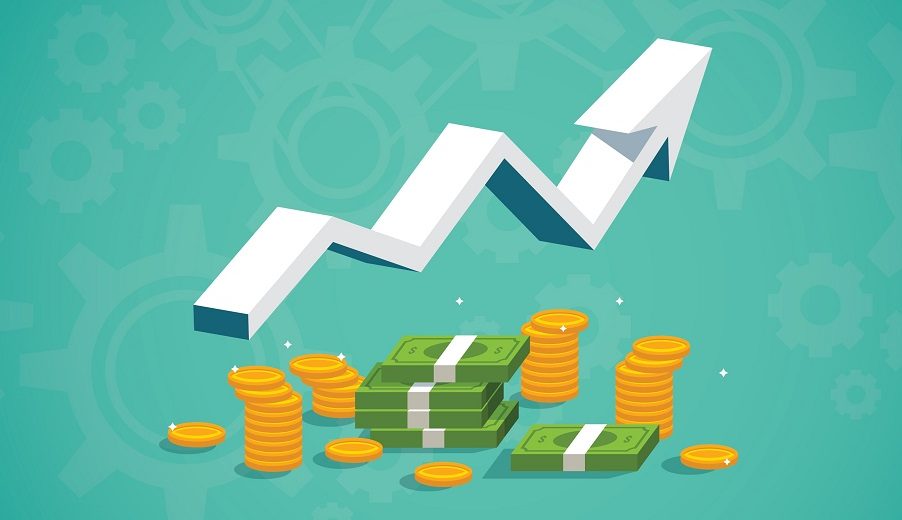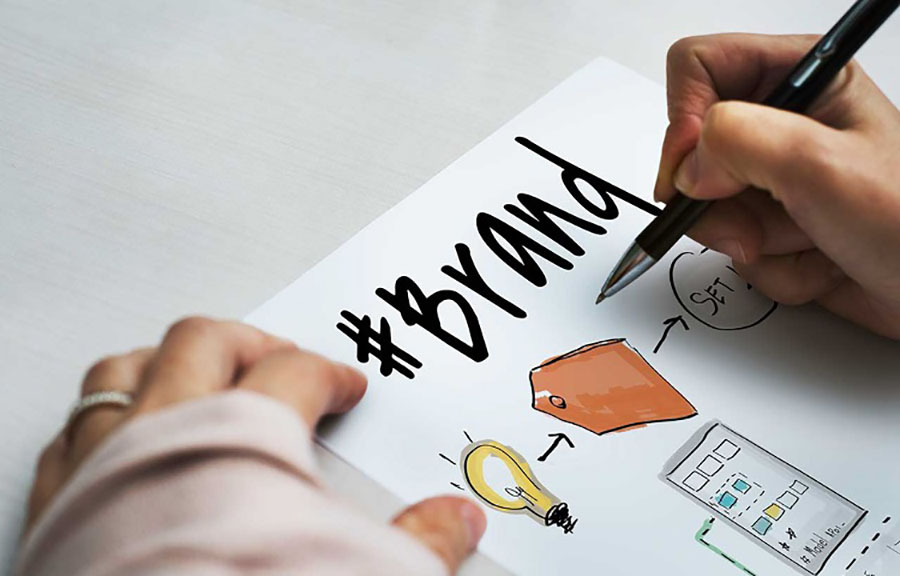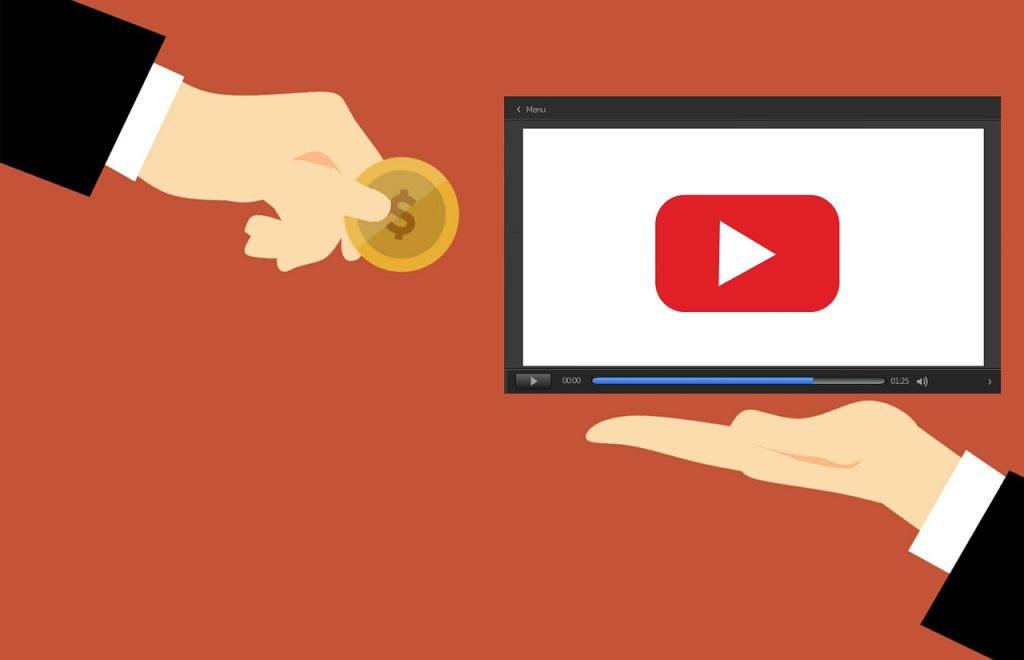It’s important when starting a business to know what pricing strategy you’re going to use. Dynamic pricing is one method that’s popular with selling products online, giving you a way to adjust your pricing based on current demand.
Usually, some kind of eCommerce business would be best suited to use this type of pricing.
Here are some reasons why?
- You want to move slow inventory and unpopular stock – so you drop your prices. Conversely, you increase the price of your top sellers so as to not run out of product too quickly from strong customer sales.
- Meet or undercut the price that competitors are offering so you’re seen as a preferred seller.
- Keeping up with changing trends or preparing for seasonal changes when certain products start to sell and others go quiet.
- Make sure your prices meet the demand of the market so you’re not charging too much or too little for this period.
The point is to find the optimum price point at any given time – and adjust it accordingly. This means your prices are always changing to keep in line with current trends.
With online shopping these days, prices have never been more transparent, so it’s a smart move for a business to make adjustments in real time when it comes to pricing strategies.
The Best Software for Dynamic Pricing
There’s never been a better time to have an online business, thanks to the overwhelming amount of resources that are out there to choose from.
Manually adjusting prices is how it was done in the olden day. Here in the twenty-first century, we have tools that can help with almost anything. Not to mention automating dynamic pricing.
If you’re thinking of implementing something like this for your online store, here are a few options that make it easy and affordable.
- Prisync: This app is available through Shopify and helps you by tracking millions of products from e-commerce merchants around the globe. This app lets you track, monitor, and set dynamic pricing to change with the trends and the variables you set, so you’re always guaranteed to make a profit but do so in a way that keeps you ahead of the game.
- Dynamic Pricing by SpurIT: SpurIT has created another Shopify app and a more budget-friendly way to do some basic dynamic pricing for your dropshipping store. With this app, you’ll be able to set prices on autopilot, change prices depending on demand, and rules you can adjust so that products change automatically to suit them.
- PriceMole: Price Mole is a competitor tracker that doesn’t require you to enter any specific URLs or names of competitors, as it’ll do the searching for you. What you do with that information is up to you, and you can use it towards a dynamic pricing strategy, but overall it’s a handy way to see what others are doing on the market with the same types of products you sell.
- BlackCurve: This is a serious app with prices tailored to your specific needs, and it can be as basic as tracking competitors to a full suite of services like automatic price increases and integrations with everything from Spotify to Amazon. Although more expensive, it’s a smart choice for eCommerce stores and dropshipping businesses with a huge product range.

Also, Consider The Shipping Costs
The unique way that a dropshipping business operates means that it has to factor things in that others might not.
Shipping is the biggest consideration to make, and more importantly the cost of shipping because the process is done differently.
With drop shipping, there’s a chance your customers will wait longer than usual to have something shipped, especially if it’s being printed on demand. When you compare this to the speed at which other eCommerce stores are able to ship in today’s day and age, it can be a small disadvantage.
To get around this, you might want to offer free shipping or lower shipping costs to sweeten the deal. To do this, you can add the estimated cost for shipping into the product price so you’re not losing out too much.
Other Pricing Methods
There are lots of pricing strategies out there that work for businesses trying to sell stuff. Being flexible enough to try them out will likely lead you to find the best one for your situation. Or to use a combination of a few of them.
- Fixed markup on cost: FMOC is a strategy that works well for dropshipping and sees you add a set profit margin to each product, usually as a percentage. You can also use a different amount for each type of product so it varies depending on what you’re selling.
- Manufacturer suggested retail price: MSRP is when you price something according to the vendor’s recommended price, and if you’re able to give even a slight discount on this, it looks like a great deal to customers.
- Psychological strategies: There are several popular psychological strategies used in marketing and pricing that might make a price seem more appealing than it is. Using a lower amount like $9.99 as opposed to $10.00 makes it look cheaper, but it’s only really a discount of a cent.
- Discounts and coupons: Discounts and coupons are a good promotional tool and can help boost sales, and give you a way to price certain items. However, it’s a tricky process and needs to be done carefully, as you could be offering too much of a discount that takes away from your profits and there could be the potential for customers to take advantage.
- Fixed dollar addition: This means adding a fixed dollar amount to every sale so you’re covered for the dropshipping services. It’s also an easy way to project sales because you know exactly what profit will be made on each sale.
Get High-Level Support
People Also Asked
A clever pricing strategy is needed for all business models, and when you operate a sales-orientated business, you will find some will work better than others.
To help you understand the basics of pricing your products, we’ve answered some commonly asked questions that might be of use.
What Are the Five Pricing Strategies?
There are five popular pricing strategies you can use in eCommerce including dynamic pricing, cost plus pricing, price skimming, competition-based pricing, and penetration pricing.
The best option will depend on your business, the product you sell, and the market, and you shouldn’t be afraid to experiment to find the right one.
What is a Good Profit Margin for Drop Shipping?
A good profit margin for drop shipping will depend on a few factors like the product and quantity being purchased.
If you are going for the mass market, a general figure between 15% and 20% can be a baseline to start with, but you’ll have to factor in things like wholesale prices, credit card fees, and shipping costs to establish a number that’s right for your business.
If you are selling highly unique and popular prints, some sellers are adding a 100% margin. It really depends on how well you know your customer and what you can get away with in terms of your brand.
How Do You Price Drop Shipping Items?
If you plan on using the dropshipping model, the easiest calculation is to determine what you’ll be charged by the dropshipping provider and what you want to charge customers, leaving you with whatever is left. It’s better to start with higher prices, as you can always lower your prices if needed. Raising your prices is only possible if the item is super popular.
Don’t forget to factor in things like website maintenance, development, and customer support, if that’s part of your business plan.
More Article About Business
What You Need To Know Before Starting An Online Business
Starting an online business can be a great way to make money and be your…
How To Make Your Own Brand – Step-by-Step?
Starting a Brand from scratch that stands out from the crowd is not a simple…
How to Get More Clicks For Your Google Ads Campaign
Another effective way to reach your target audience is by implementing Google Ads. However, many…
How To Successfully Run A Facebook Page
Are you looking to run a successful Facebook page? You’re in luck! If you are…
Using Google Trends For Your Market Research…
To grow your business you need to find the right tools for the job. Thanks…
Partners For Content Creators: Getting Started Without the Headache
Are you a content creator, but know little about running an online business? We can…
How To Get Traffic To Your Website From YouTube
Have you ever found yourself pondering over the possibility of amplifying your business exposure, catapulting…
When To Consider Drop Shipping Merchandise On Your Website?
The bottom line about drop shipping, is you don’t need to store manage and ship…









